— A citizen science program that encourages local participation
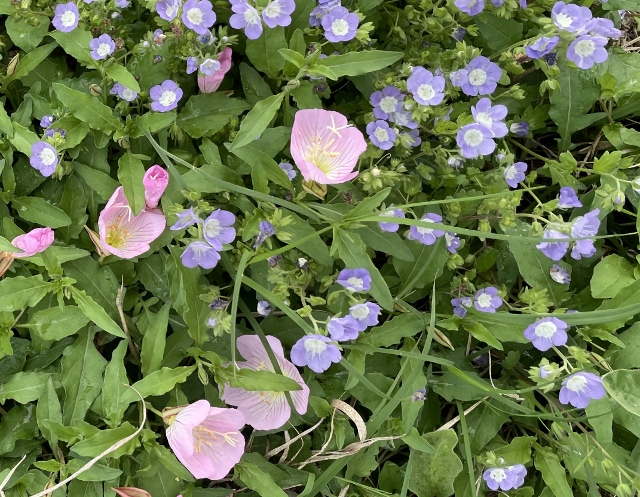
Story and photos by Anita Westervelt, Texas Master Naturalist
What’s London rocket, hairy panther ant, Texas nightshade, Brochymena arborea and pepperweed got to do with it? Throw in some spotted lady beetles, evening primrose and sand phacelia and you’ve got spring along the colorful Valley roadsides. You’ve also got a good lineup for the annual City Nature Challenge that takes place April 30 to May 3.
For the fourth year, residents, Winter Texans, students and visitors in Cameron, Hidalgo, Starr and Willacy counties will participate in this native wildlife habitat documentation event as a single entity: the Lower Rio Grande Valley City Nature Challenge.
Last year, 7,518 local observations were made of 1,655 species by 159 observers furthering the objective of the challenge to collect biodiversity data that will be available to scientists, wildlife managers, conservationists, naturalists and citizens alike.
Participants photograph plants and critters and upload the information using prompts with the iNaturalist Smartphone app or computer link which identifies the uploaded subject; expertise in identifying species is not required.
Texas’ colorful roadside offerings were identified via iNaturalist.org. London rocket, also called rocket mustard (Sisymbrium irio), although native to Europe, is found in Cameron, Hidalgo and Starr counties. It is one of the earliest flowers to appear in spring.
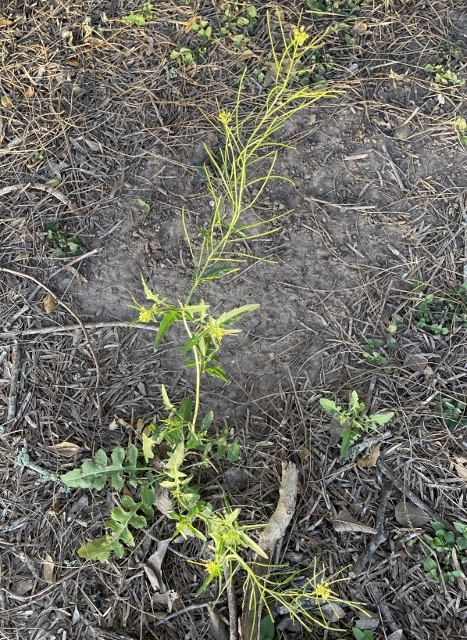
Southern pepperweed (Lepidium austrinum) gives an early appearance, too, with its tiny white flowers and heart-shaped lower siliques. The hairy panther ant is a large tropical ant whose northern range is southern Texas. Texas nightshade (Solanum triquetrum) is a food source for bees, butterflies and birds. A Brochymena arborea is a stink bug. Both lady beetles and stink bugs are considered beneficial in the garden; they prey on plant-eating larvae of aphids and other soft-bodied insects.
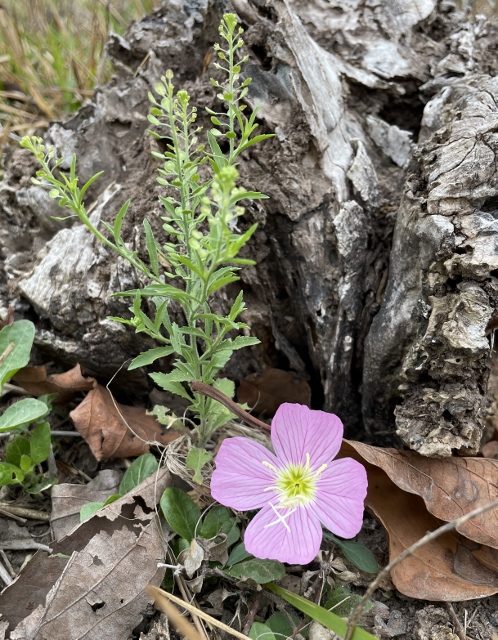
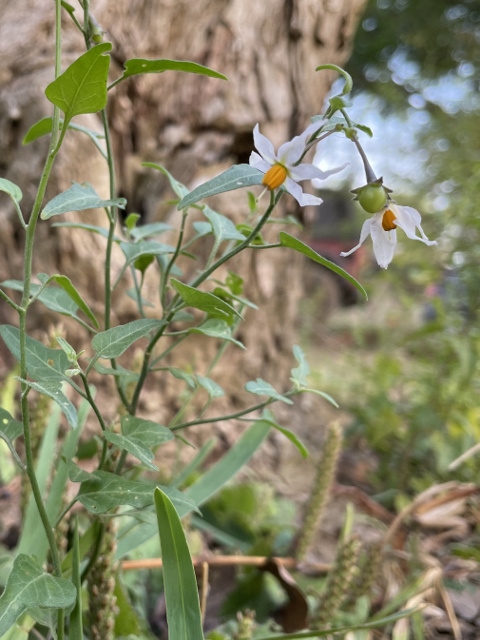
Colonies of pink evening primrose (Oenothera speciosa), also known as pink ladies, open in the morning and close at night. Equally eye-catching are the lavender flowers of South Texas sand scorpionweed (Phacelia patuliflora).
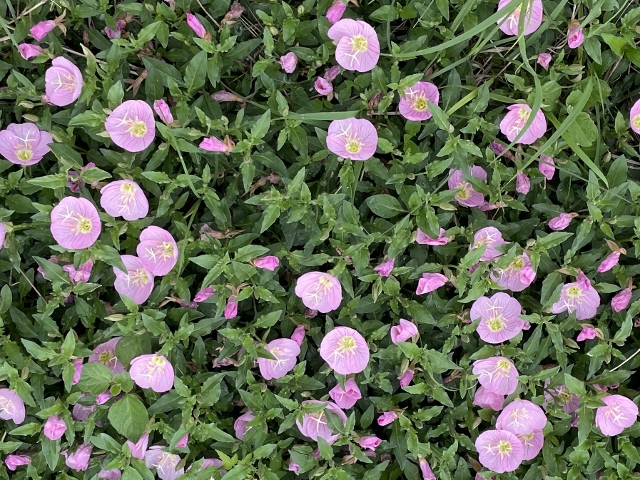
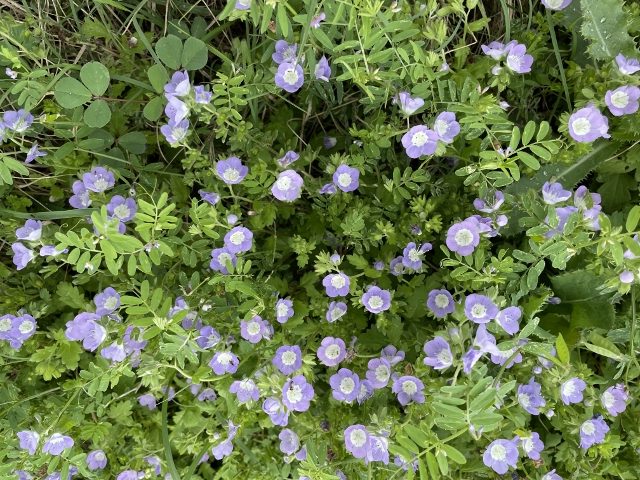
Acceptable entries in the challenge are those that show evidence of life, such as plants, trees, shrubs, animals, critters, vermin, slime mold, birds, fungi, insects, sea, beach and dune life, shells, spiders, flies, bees, wasps, scat, fur, feathers, tracks, snake skins, skeletons, carcasses and road kill.
Texas Parks and Wildlife Department, and TPWD Nature Trackers, Rio Grande Valley World Birding Centers, Audubon Society and Texas Master Naturalists are among local groups supporting the challenge and encouraging local participation. The city Nature Challenge was started by the Natural History Museum of Los Angeles County and the California Academy of Sciences in an international effort for people to find and document wildlife and plants in cities across the globe.
The easiest way to enter the challenge is to download the free iNaturalist app onto an Android or iPhone and create an account. Or create an account on a home computer at www.iNaturalist.org and be able to edit photographs at the computer prior to submitting to iNaturalist.
To learn more about the 2021 City Nature Challenge, the McAllen Library will host a Zoom presentation April 17 at 2 p.m., with McAllen’s Quinta Mazatlán Urban Ecologist John Brush instructing. Registration is required at https://mcallenlibrary.libnet.info/event/4964341 or e-mail csung@mcallen.net to be included.
